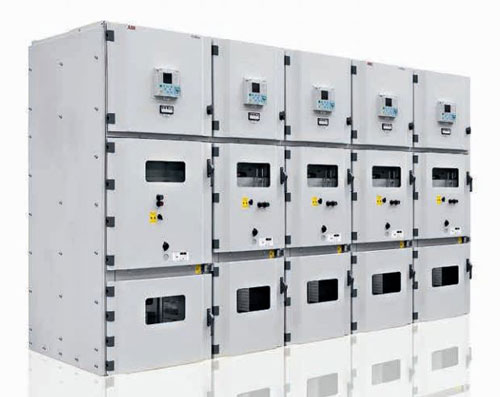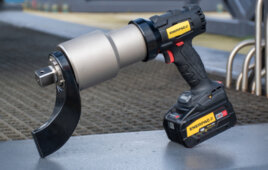ABB has recently released a journal titled “Switching gears: Moving to smart switchgear for primary and secondary substations.” The article is written by Vincenzo Balzano and Martin Celko.
The five-page paper discusses ABB’s development of “smart” medium-voltage distribution systems to address the demand for switchgears that can handle a more complex flow of energy sources. The UniGear Digital concept for primary substations and the SafeRing, SafePlus and UniSec products for secondary substations are described.
A snippet of the report is presented below.

Improved levels of automation and communication in substations give central operators the ability to optimize grid operation. ABB’s smart switchgear enables this optimization at the primary and secondary substation levels.
Abstract
Medium-voltage (MV) distribution systems are undergoing a revolution: Gone are the days when they merely distributed power of consistent quality from some far-off generator and performed basic switching and protection duties. Now, intermittent local generators, such as wind and solar sources, present a more complex energy flow for the distribution equipment to handle. Further, there are heightened quality and reliability expectations from operators and consumers. This puts the onus on utilities to make sure their often aging grids become safer, smarter, more efficient, more reliable and more environmentally friendly, and in addition, easier to engineer, install and operate. This is why MV distribution networks are becoming “smart.” To address the demand for smart switchgear, ABB has developed the UniGear Digital concept for primary substations and the SafeRing, SafePlus and UniSec products for secondary substations.
Introduction
Major changes are running through the power industry: On top of industry-mandated indices like the system average interruption duration index (SAIDI) and system average interruption frequency index (SAIFI), many states are introducing a range of other grid efficiency regulations. Further, the energy generator and consumer landscape is becoming more mixed and more sophisticated with intermittent generators like solar and wind sources jostling for grid access and major new consumers, like data centers, placing stringent demands on power providers.
All this is happening to an infrastructure that has changed little since its inception in the early 1900s. This situation has led to the genesis of the so-called smart grid. At the power distribution level, the smart grid offers an intelligent way to approach grid efficiency and reliability, and provides a solid foundation for the automation, and remote monitoring and control of switching. But smart distribution needs smart products, at both the primary and secondary substation levels.
By: Vincenzo Balzano and Martin Celko
The full report can be read at this link.
ABB Group
www.abb.com/
Filed Under: Generators, News




